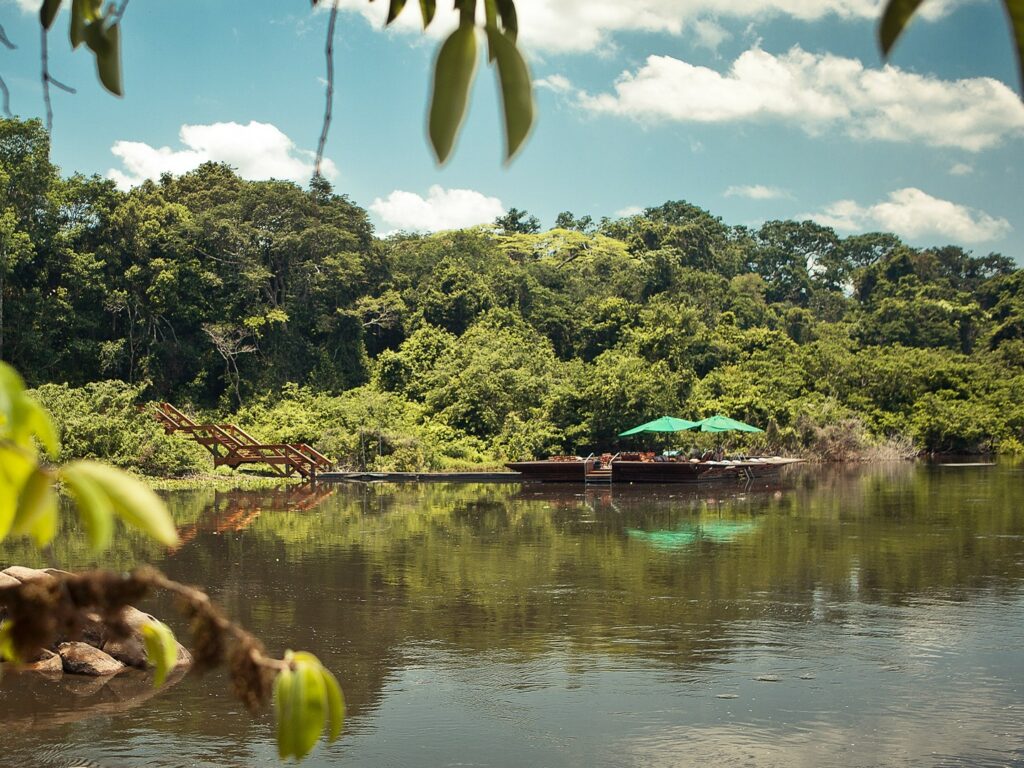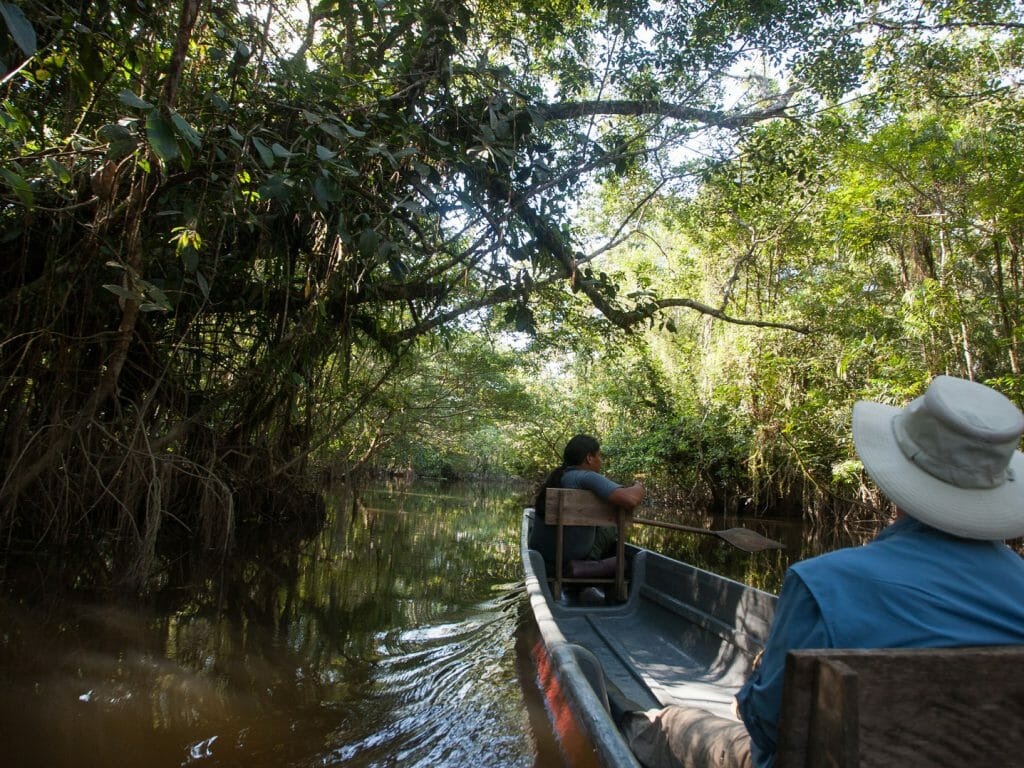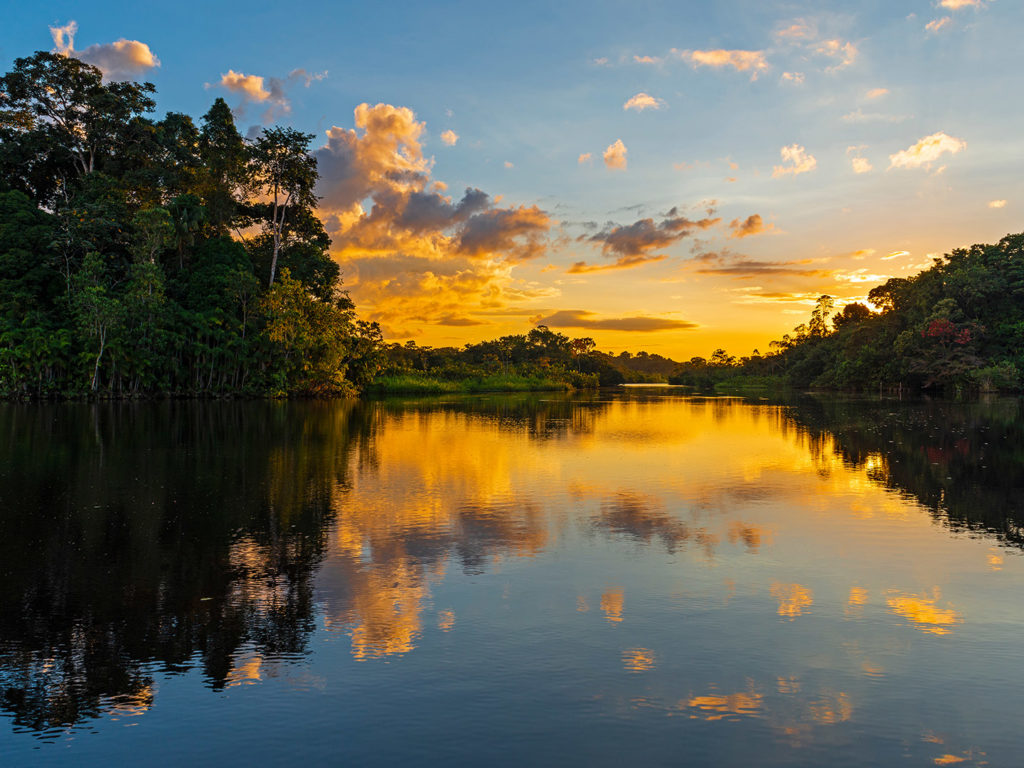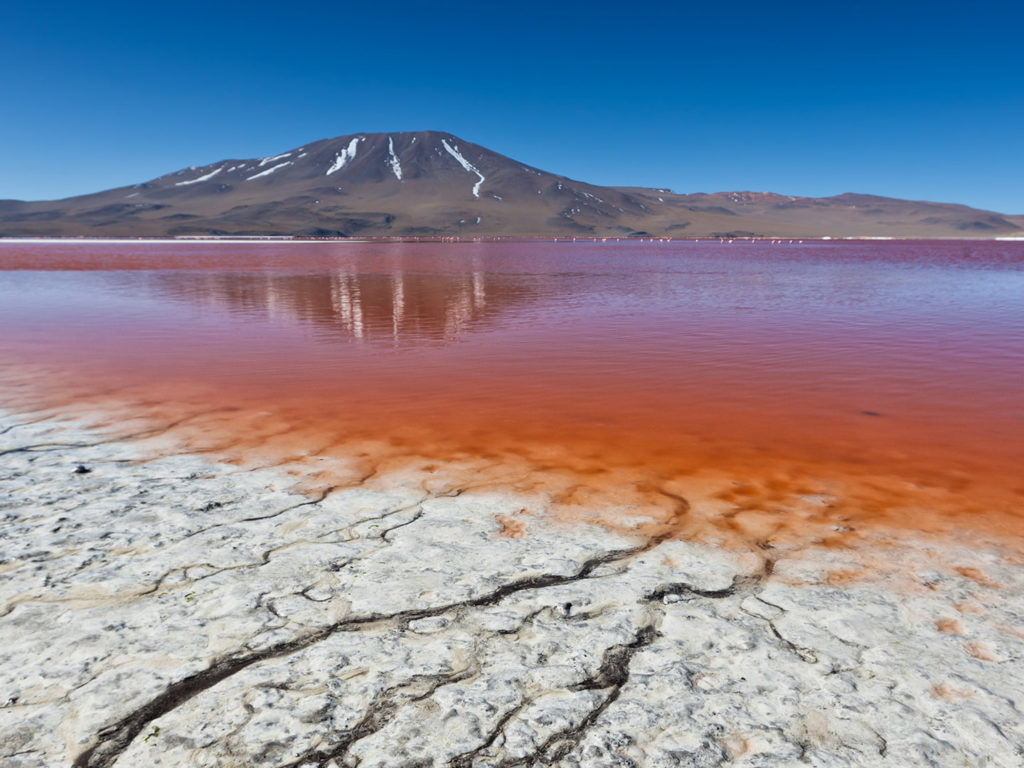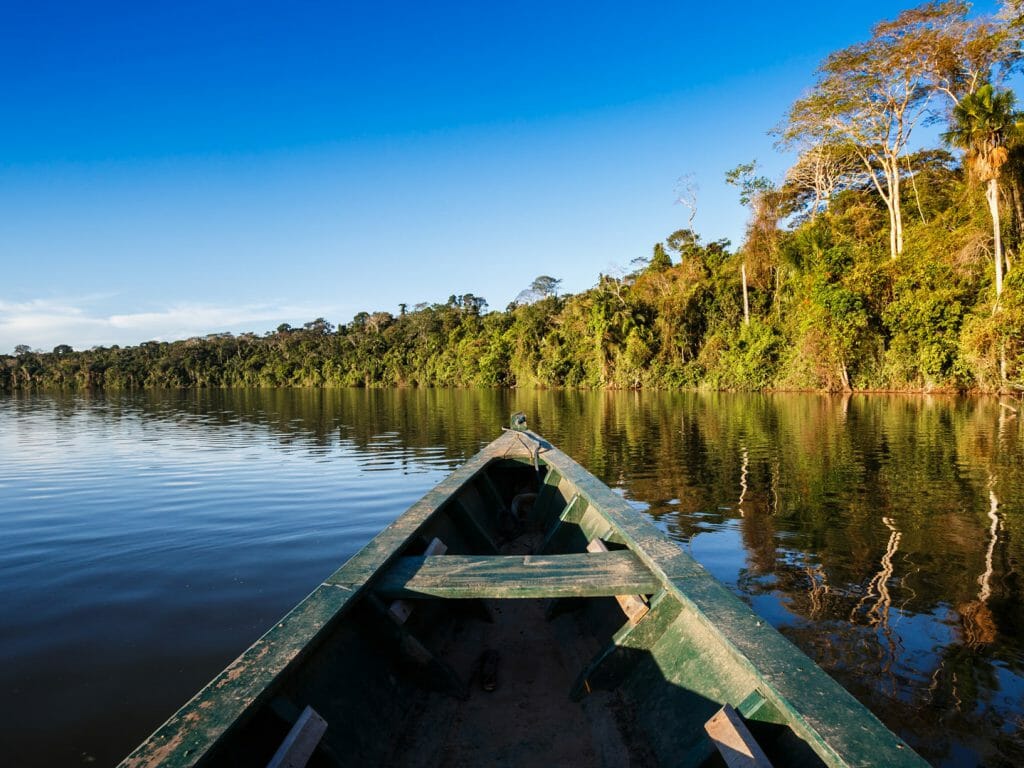On arrival in Cuiaba, the gateway to the northern Pantanal, the excitement grew as we drove ever closer to the Transpantaneira Road, a dusty supply road which dissects the region, eventually leading to Porto Jofre on the banks of the Cuiaba River. The main aim of the trip was to truly experience one of South America’s top wildlife destinations and to check out the various lodges that are dotted along the road.
As soon as we set off along the Transpantaneira, a plethora of bird species, capybara and caiman were all immediately visible, however, the further one travels the variety of wildlife becomes even more spectacular.
The northern Pantanal offers many small lodges, with varying landscapes and habitats so I believe that the best way to experience the area is to try and stay at two or more lodges. Some offer lakes and flood plains whilst others offer rivers, savannah and forest. This combination gives visitors the opportunity to spot varying wildlife species. As we continued towards Porto Jofre I was lucky enough to spot the likes of Hyacinth Macaws, monkeys, Giant Anteaters and tapir.
For those keen to seek out the ever-elusive jaguar, Porto Jofre is one of the best spots in the Americas to find them. The lodges in this area are particularly focused on the jaguar, with daily boat trips along the Cuiaba and Piquiri rivers and its tributaries. In theory, jaguars are easier to see in the dry season from June to October and are often spotted on the shaded river banks as the heat rises through the months. This is how I spotted my first and only jaguar, resting in the shade after a tasty caiman lunch, I felt so lucky and truly privileged as part of the only boat to be watching this powerful and stocky big cat; that moment will stay with me forever and is, without doubt, one of my all-time favourite travel moments!
My journey continued to the southern Amazon, which with the Pantanal wetlands and the Chapada dos Guimaraes tablelands, makes up the Three Ecosystems of Mato Grosso. On the next leg of the journey, I flew up to Alta Floresta, a remote town in the southern Amazon and the gateway to the Cristalino State Park, where I spent a couple of fantastic days at Cristalino Jungle Lodge.
Set within a vast area of private reserve made up of primary forest, it really does feel like a real Amazon experience. To be honest, I was so surprised to see a wide range of wildlife and certainly bettered the wildlife experience of the Amazon lodges to the north of the country near Manaus. On the interesting jungle walks, boat and canoe trips I saw otters, peccaries, capybara, Scarlett Macaws and many other bird species, particularly from the top of the 50-metre high canopy viewing tower.
My journey continued to the Chapada dos Guimaraes National Park with its vast tabletop mountains, gorges, spectacular waterfalls and cerrado savannah. This area also offers different wildlife species to the Pantanal and Amazon with Red and Green Macaws, marmosets, armadillos and if incredibly lucky, the endangered Maned Wolf. Only an hour from Cuiaba, the town also serves as a handy stopover between the Pantanal and Amazon with some small characterful pousadas to unwind after the heat of the Pantanal.
This was my second visit to Brazil, and the principal aim of the next leg was to explore the coastal areas near Rio de Janeiro. A couple of hours’ drive to the east of Rio, the resort town of Buzios is a great spot to unwind after an extensive tour of Brazil’s most well-known highlights. Set on a five-mile peninsular made up of around 20 beaches that jut out into the Atlantic east of Rio. Formerly a small simple fishing village before Brigitte Bardot and her boyfriend ‘discovered’ it in the 1960s, it is a place to go for beautiful beaches, snorkelling, diving, good restaurants and a selection of great hotels.
To the south of Rio, the beautiful Costa Verde or Green Coast stretches for a few hundred miles towards Sao Paulo state. The highlight of this area is the pretty colonial UNESCO-listed town of Paraty, where I was struck by how little seems to have changed since the 18th century.
I was blown away by how pretty it is with its cobbled streets and whitewashed colonial buildings covered in pink and purple bougainvillea. A backdrop of jungle-clad mountains and the beautiful Bay in front make Paraty an idyllic spot to experience a taste of authentic Brazil. Spend days exploring the bay by schooner or private boat, head into the mountains on horseback or hike to pristine waterfalls in the jungle.
A couple of nights in Rio made for a fantastic end to the trip. This time around I stayed up in the charming colonial district of Santa Teresa where the majority of the city’s characterful, boutique hotels are located. This is certainly an up and coming area of Rio which feels ‘real’ and makes a change from the busy Ipanema and Copacabana parts of town with bohemian shops and galleries alongside local bars and restaurants. I was particularly impressed by Hotel Santa Teresa and Mama Ruisa, offering a luxurious spot from which to explore Rio and return to a relaxing setting at the end of the day.


